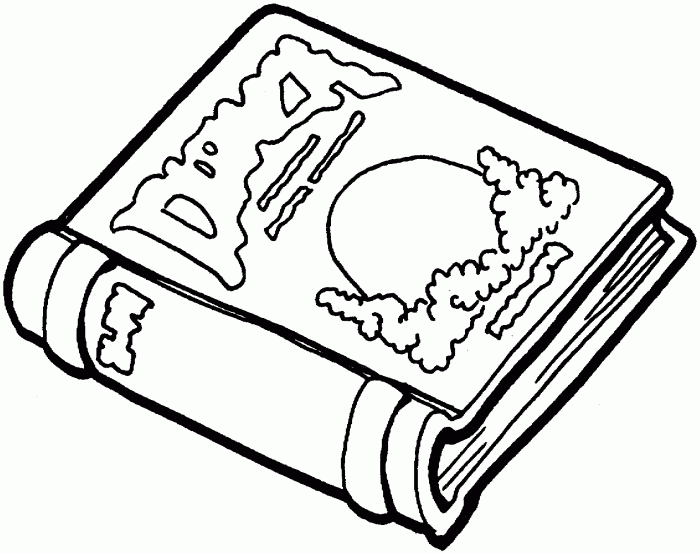Design & Illustration Concepts: Create Your Own Coloring Book

Create your own coloring book – This section details three distinct illustration styles suitable for a coloring book, focusing on line art style descriptions and sample page visualizations. Each style caters to a different aesthetic preference and potential target audience.
Illustration Style 1: Whimsical Line Art
This style employs playful, slightly uneven lines to create charming and approachable characters and objects. The line weight varies subtly, adding a sense of movement and personality. Details are simplified, focusing on essential shapes and features. The overall aesthetic is lighthearted and fun, suitable for younger children.
Line Art Style Description: Thin to medium line weight with deliberate inconsistencies in line thickness. Lines are often curved and flowing, avoiding harsh angles. Simple shapes are used to represent complex forms, and details are minimized to avoid overwhelming the coloring space. A slightly textured line effect might be used to add visual interest.
Sample Page Description: A page depicting a whimsical forest scene. Two friendly, oversized cartoon animals (a fox and a rabbit) are seated beneath a large, rounded mushroom. Simple flowers and leaves are scattered around them. The line art is predominantly light brown, with slightly darker brown accents used for shading. The background is left relatively uncluttered to allow ample space for coloring.
Suggested coloring palette: Pastel greens, blues, yellows, and oranges for the background and animals. Deep reds and browns for the mushroom.
Illustration Style 2: Detailed Botanical Line Art
This style prioritizes intricate detail and precise lines. The line weight is consistent, creating clean and sharp images. The focus is on accurately representing the forms and textures of plants and flowers. This style is more suitable for older children and adults who appreciate detailed work.
Line Art Style Description: Consistent, fine line weight throughout. Lines are smooth and precise, with a strong emphasis on accuracy in representing the subject matter. Details such as leaf veins, petal textures, and stamen structures are clearly defined. Shading is suggested through line variations and density rather than solid black areas.
Sample Page Description: A page featuring a detailed illustration of a blooming rose. The individual petals are meticulously rendered, showcasing their delicate texture and form. Leaves and thorns are also included, with careful attention paid to their shape and vein structure. The line art is black, providing a stark contrast against the white paper. Suggested coloring palette: Deep reds and pinks for the rose petals, graduating to lighter shades at the edges.
Various shades of green for the leaves and stems.
Illustration Style 3: Geometric Line Art, Create your own coloring book
This style uses geometric shapes and patterns to create visually striking and modern illustrations. Lines are clean and precise, often using bold, consistent weights. The overall effect is sophisticated and contemporary, appealing to a broader age range.
Line Art Style Description: Bold, consistent line weight. Lines are straight or precisely curved, forming geometric shapes and patterns. Images are composed of repeating motifs and tessellations. Minimalistic detail is used to create a clean and uncluttered aesthetic. The use of negative space is integral to the design.
Sample Page Description: A page showcasing a geometric mandala design. The mandala is composed of a series of interconnected geometric shapes, such as triangles, squares, and circles. The lines are black, creating a strong visual impact. The design is symmetrical, with repeating patterns radiating outwards from the center. Suggested coloring palette: Vibrant and contrasting colors, such as blues, greens, oranges, and yellows, could be used to create a dynamic and eye-catching effect.
A monochromatic palette could also be effective, emphasizing the geometric patterns.
Comparison of Illustration Styles
The three styles—Whimsical, Botanical, and Geometric—offer diverse appeals. Whimsical art attracts younger children with its playful nature. Botanical art engages older children and adults with its detail. Geometric art appeals across ages with its modern and visually stimulating design, offering a unique coloring experience. Each style provides a different creative outlet and caters to a varied spectrum of artistic preferences.
Creating your own coloring book is a fun and rewarding project. If you need some inspiration or a head start, you can easily find fantastic resources online; for example, check out these free coloring book pages of animals to get started. Once you have a collection of images, you can then add your own personal touch to create a truly unique coloring book.

